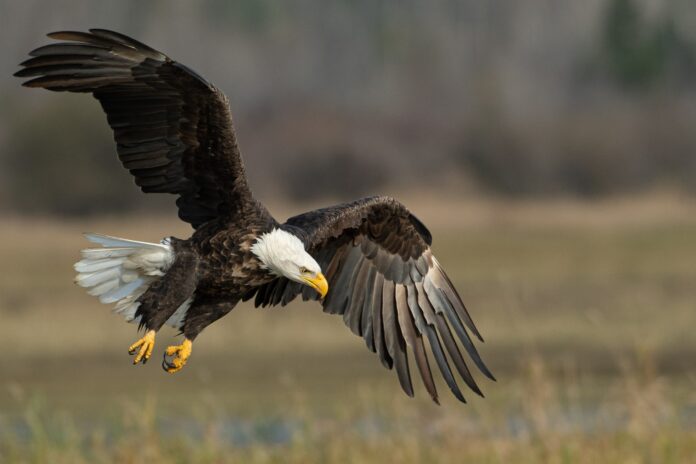The Ohio Department of Natural Resources confirmed highly pathogenic avian influenza, or bird flu, in three wild birds in northwestern Ohio, March 17.
The disease has been found in domestic birds in 17 states as of March 21, including several states that border Ohio. Officials have said it appears to be spreading through wild, migratory birds, especially waterfowl. But while Ohio has confirmed cases in wild birds, it still has not had any cases in domestic flocks.
Dennis Summers, Ohio Department of Agriculture Animal Health division chief and state veterinarian, said the detections basically confirm what officials already knew. But they also suggest Ohio bird owners have been doing a good job on biosecurity so far.
“Enhanced biosecurity is the No. 1 protective measure,” Summers said. “Us sitting here in Reynoldsburg, we’re not protecting the poultry industry every day. They’re protecting themselves.”
Detections
The cases were found in a herring gull, in Erie County, March 9, and two bald eagles, both in Ottawa County, March 11 and 15, the department of natural resources said in a March 17 press release. All three of the birds are deceased.
But because there still haven’t been cases in domestic flocks, Ohio’s status hasn’t changed, Summers said.
While the new detections don’t change Ohio’s status, they do drive home the importance of biosecurity, said Tim McDermott, agriculture and natural resources educator for Ohio State University Extension, and a member of Ohio State Extension’s poultry team. McDermott and Summers both urged poultry farmers to not let their guard down.
Bird flu seems to be traveling through wild birds in the Atlantic and Mississippi flyways, which overlap in the areas where the Ohio wild bird cases were found, McDermott said. Because it’s spreading through migrating birds, the risk will continue at least into May.
Biosecurity
Summers and other officials are continuing to encourage poultry owners to move their birds indoors, when possible. That makes their birds less likely to come into contact with wild birds that may carry bird flu.
That might seem counterintuitive for pastured poultry operations or some backyard flocks. But bird flu is a major risk for any flock.
“Right now, with an outbreak of a deadly disease, we should be doing it a little differently than we normally do it,” McDermott said. He said outdoor areas should be fenced in and have bird netting, to prevent domestic birds from coming into contact with wild birds, and those who can keep their flocks inside with good air circulation should do that.
Other biosecurity measures include using boot covers, washing hands and cleaning and disinfecting tools and equipment, Summers said. The department is also advising poultry owners to keep visitors to a minimum, establish a rodent and pest control program, use drinking water from a contained supply, and not surface water, and watch for signs of illness.
“This disease is just so deadly that you really want to make sure that you go the extra mile with your protective plan,” McDermott said.
McDermott noted a lot of the positive cases in other states have been in backyard flocks, and a lot of people started keeping backyard poultry during the pandemic. That means it’s important for backyard poultry owners, in addition to commercial farms, to practice biosecurity.
As bird owners get ready to buy chicks for the spring, McDermott also advised them to get their chicks from National Poultry Improvement Program-approved hatcheries.
“That way, you know your stock is the healthiest you can get,” he said.
Reporting
Bird owners who see unusual signs of illness or unexpected deaths in their flocks can report them to the Ohio Department of Agriculture at 614-728-6220.
Wild birds are under the Ohio Department of Natural Resources’s jurisdiction. Ohioans can report sick or dying wild birds that may have avian influenza to the department at 800-945-3543 or wildohio.gov. The department says birds that should be reported include any raptors, like bald eagles, waterfowl, like geese or ducks, and any other large congregation of sick or dead birds.
For more information about biosecurity and avian influenza, visit aphis.usda.gov/aphis/ourfocus/animalhealth/animal-disease-information/avian/defend-the-flock-program.
Related content:
Bird flu detected in Ohio in three wild birds
Animal health officials urge caution after USDA confirms bird flu in nearby states











Interesting. bird flu when every type of food disaster that can be arraigned has been. a little to convienent i think.